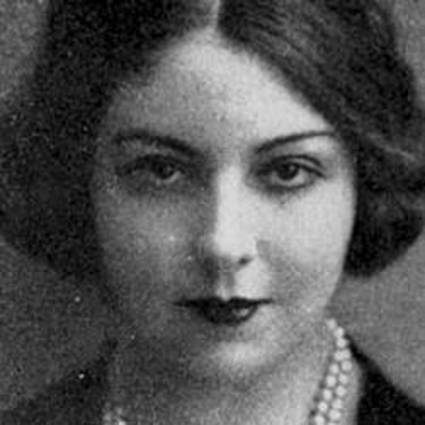Maria teresa de leon
terediario 5.0. ceip maría teresa león. san pedro alcántara.
One of the biggest scares of his life was given to him by Velázquez’s Coria, when it disappeared before his eyes covered with a layer of mold. The technical explanation was that the paintings get cold when the temperature changes and fungus can cover the surface, something easy to fix. «A cleaning will suffice. I have never breathed so deeply,» says the writer.
That rebellious character came from her mother’s family -her father, however, had followed Primo de Rivera in the dictatorship-, with her ‘crazy uncle’ (and stalker) or her own mother, who first wore the mantilla to go to pray and then to vote for the Communist Party. She had trouble casting her ballot because of her last name, although after doing so, she went to recite some prayers to ask God that they would win.
From that moment on, her activity became constant and frenetic: she held a position in the Central Theater Council and took the Theater Guerrillas to the fronts, participated in the founding of the magazine El mono azul (she had previously done so in Mundo obrero) and was the secretary of the Alianza de Escritores Antifascistas (Alliance of Antifascist Writers). She also wrote: La tragedia optimista (theater), Una estrella roja; Ayuda, Madrid (short stories), Crónica General de la Guerra Civil (essay).
maría teresa león: the scattered memory
In 1934 they return to the Soviet Union to attend the First Congress of Soviet Writers. After the outbreak of the Asturias Revolution they go to the United States to raise funds for the affected workers.
The civil war breaks out while they are in Ibiza. She was secretary of the Alliance of Antifascist Writers, and founded the magazine El Mono Azul, participated in the Board of Defense and Protection of the National Artistic Treasure that moved the works of art of the Prado Museum and El Escorial.
errores más frecuentes – perf. maría teresa de león
En 1933 María y Alberti fundan la revista Octubre y en 1934 vuelve a la Unión Soviética para asistir al «Primer Congreso de Escritores Soviéticos» donde conoce a Maxim Gorki, André Malraux y Erwin Piscator entre otros. Ese mismo año viajó a Estados Unidos para recaudar fondos para los trabajadores afectados por la revuelta de los mineros asturianos de octubre de 1934, que pronto se convirtió en una insurrección armada contra el gobierno español que acabó con la muerte de 2.000 personas, entre sacerdotes, mineros y personal del ejército. Esta respuesta acabó provocando la coalición de diferentes facciones de izquierdas que desencadenó la creación del Frente Popular[4].
El 18 de julio de 1936 María y Rafael se encontraban en Ibiza cuando estalló la Guerra Civil española. Regresaron a Madrid, donde ella se convirtió en secretaria de la Alianza de Escritores Antifascistas y fundó la revista El mono azul, que salió a la luz el 27 de agosto de 1936. En ella colaboraron Manuel Altolaguirre, Antonio Aparicio, Vicente Aleixandre, José Bergamín, Luis Cernuda, Antonio Machado, Ramón J. Sender, Lorenzo Varela, María Zambrano y muchos escritores no españoles como John Dos Passos, Vicente Huidobro, André Malraux y Pablo Neruda. La publicación duró cuarenta y siete números, casi todo el periodo de la guerra civil.
maría teresa león: the voice of melancholy
In 1929 she meets Rafael Alberti and breaks off their marriage, to go with the poet to Mallorca. In 1932 they married in a civil ceremony. One of Alberti’s first collaborations with María Teresa León were the illustrations for her third book, a collection of short stories called Rosa Fría. It was at this time when the Junta para la Ampliación de Estudios (Board for the Extension of Studies) granted María Teresa León a scholarship to study the European theatrical movement and they began to travel to Berlin, the Soviet Union, Denmark, Norway, Belgium and Holland, thus beginning their European tour. These experiences allowed him to have a theme for his writings, which was later expanded with a dozen articles, published in El Heraldo de Madrid in 1933. He participated in the foundation, together with Rafael Alberti, of the magazine Octubre, in which he published his work Huelga en el puerto (1933).[6] In 1934 the couple returned to the Soviet Union where they attended the First Congress of Soviet Writers, where they met Máximo Gorki and André Malraux.[7] With the outbreak of the Asturias Revolution in 1934, his political and social activity increased, traveling to the United States to raise funds for the affected workers.










Más historias
Mejores arquitectos en Palma de Mallorca
La importancia de un interiorista en la transformación de espacios modernos
El baile: Más que coreografías, una forma de vivir